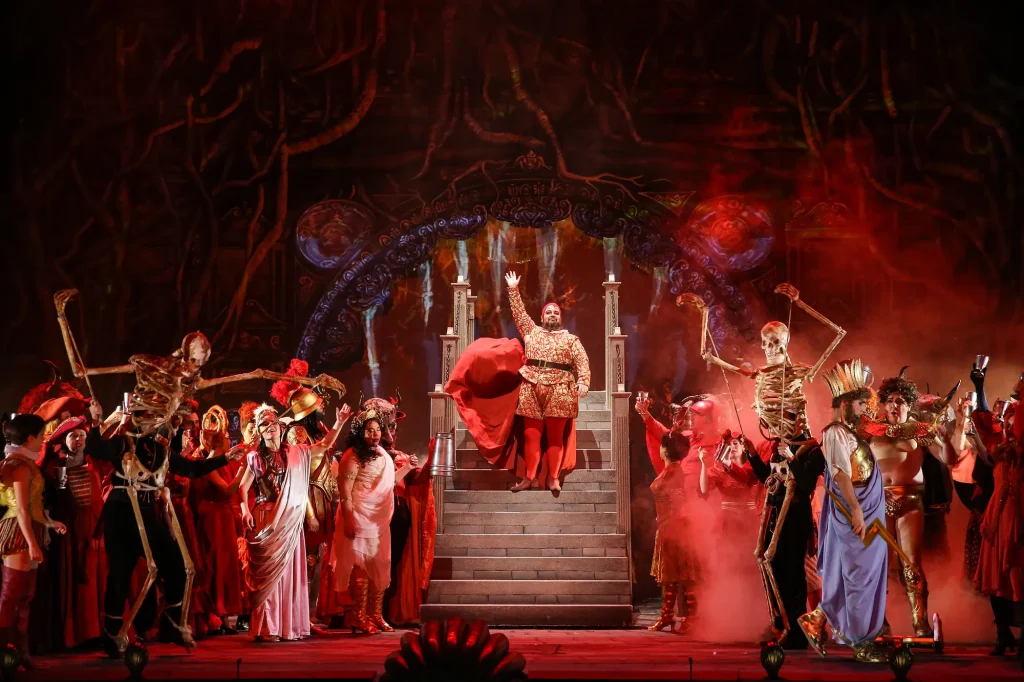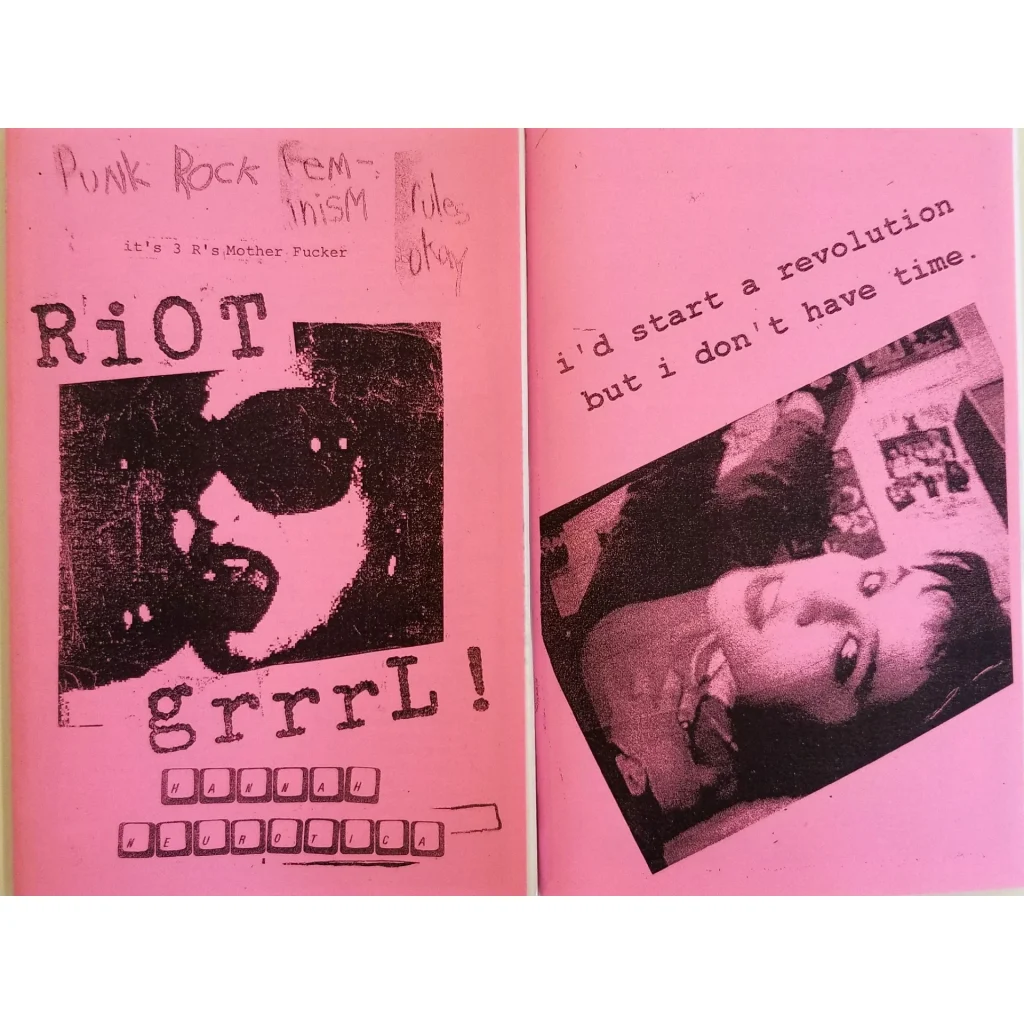
The Veracruz region forms part of Mesoamerica—a broad geocultural area in Central America where diverse cultural traits developed and spread beginning around 1500 B.C.E., culminating in the Spanish conquest of the Aztecs in 1521. Many of these cultural characteristics remain evident in the region to this day. Mesoamerica encompasses much of present-day Mexico, along with significant portions of Central America. Over a span of 3,000 years, numerous cultures emerged, flourished, and subsequently declined within this area, exhibiting both distinct differences and a shared set of features now identified as Mesoamerican. Due to this cultural continuity, it is important–especially in the study of specific regions like Veracruz and the Gulf Coast–to differentiate between local traditions and elements common across Mesoamerica. This distinction is particularly relevant when examining musical instruments, as only a limited number of sound-producing objects appear to be unique to specific regions.
No known music from the Veracruz or Gulf Coast region has survived from pre-Columbian times. While the region’s folkloric genres likely retain elements from earlier periods, it is challenging to distinguish these features from those shaped by later cultural influences. Although this is a common feature across Mesoamerica, there are notable exceptions. In Guatemala, for instance, certain bailes (dance performances), such as the Rab’inal Achí and the baile de las canastas, have been shown to preserve rhythmic systems, instrumental roles, intervallic structures, and song forms that are almost certainly of pre-Columbian origin. Such bailes–which may contain traces of ancient musical systems–are not confined to Guatemala but continue to be performed across various regions of Latin America.

Ethnomusicological studies to identify surviving pre-Columbian musical elements in the contemporary traditions of the northern Gulf Coast have largely been inconclusive. The only potentially significant example is the ritual dance bisom tiu (the hawk or eagle dance), which continues to be performed at the ancient Huastec site of Tamtoc. However, the accompanying music lacks the non-Western features found in Guatemalan bailes and does not exhibit any unique characteristics that have yet to be documented elsewhere. Nonetheless, certain rhythmic elements appear to retain connections to the pre-Hispanic soundscape of the Veracruz/Gulf Coast region. Excavations in the area have uncovered hundreds, if not thousands, of musical instruments or fragments, many of which were clearly crafted to produce a wide range of timbral variations. The absence of standardized tuning among these instruments suggests that timbre may have been prioritized over pitch, intervals, or melodic structure in the region’s musical practices.
This according to this month’s featured article by Mark Howell on Pre-Columbian music of Veracruz. Find it in DEUMM Online.







































